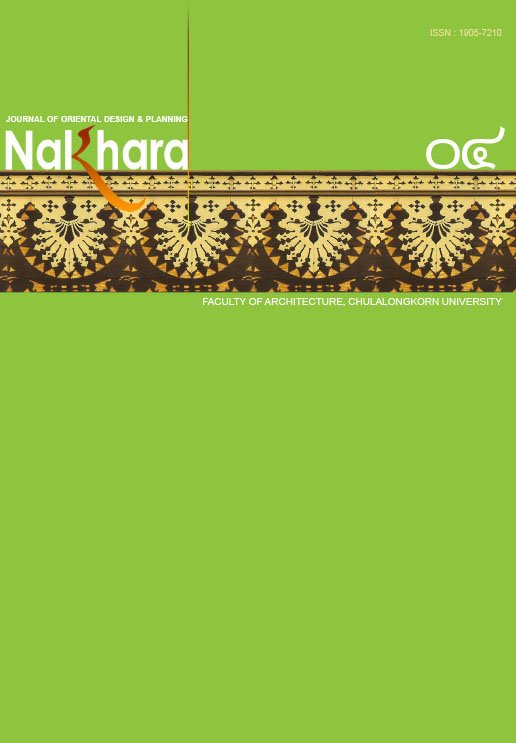ON MODERN ARCHITECTURE IN ITALY
Main Article Content
Abstract
The main goal of paper is to discuss the history of Modern Architecture in Italy, between
the beginning of the 20th Century and 1970. We intend to show the main character of
Italian architecture by itself and give a context of the main trend of the European Modernism.
To do this, we have to discuss the idea of “Modernity” and the relationships between Italy and
other centres of creation in Europe in this age.
The discussion is concentrated on the temporal sequence of different architects and a short
description of the most significant masterpieces during the 20th Century in Italy. At the same
time, we have the task to discuss other works, not very well-known, but represent the specific
character of Italian architecture. The paper intends to demonstrate that Italian Modern
architecture is a composite scenario of works influenced by the European trend but with its
own specific character, especially through some anomalous artists who generated unique
masterpieces without master and epigone.
We have analyzed the architecture of the Eclecticism and Art Nouveau, the Futurism, Fascism
and Rationalism, the age of the post-war reconstruction and re-design of the cities, the most
important issues in this period. According to the poetics of “modernity” we have pointed out
some general character that is useful to understand modern architecture in Italy: inventory of
contents and functions, asymmetry and dissonance, anti-perspective tridimensionality, fourdimensional
decomposition, projection and membrane structures, temporalized space,
reintegration of building, town and territory.
The Modern Movement was based on a strong ethical spirit, on a very precise methodology
derived from the rational study of problems relating to dwelling on a marked functionalism.
This analysis of Modern architecture in Italy must have ended on the Seventies in the twentieth
century. After that age, it began the Post-Structuralism thought with a radical change of the
process of generation of the architecture.

